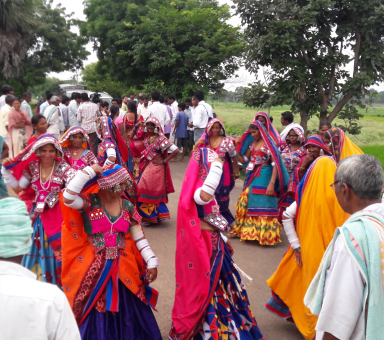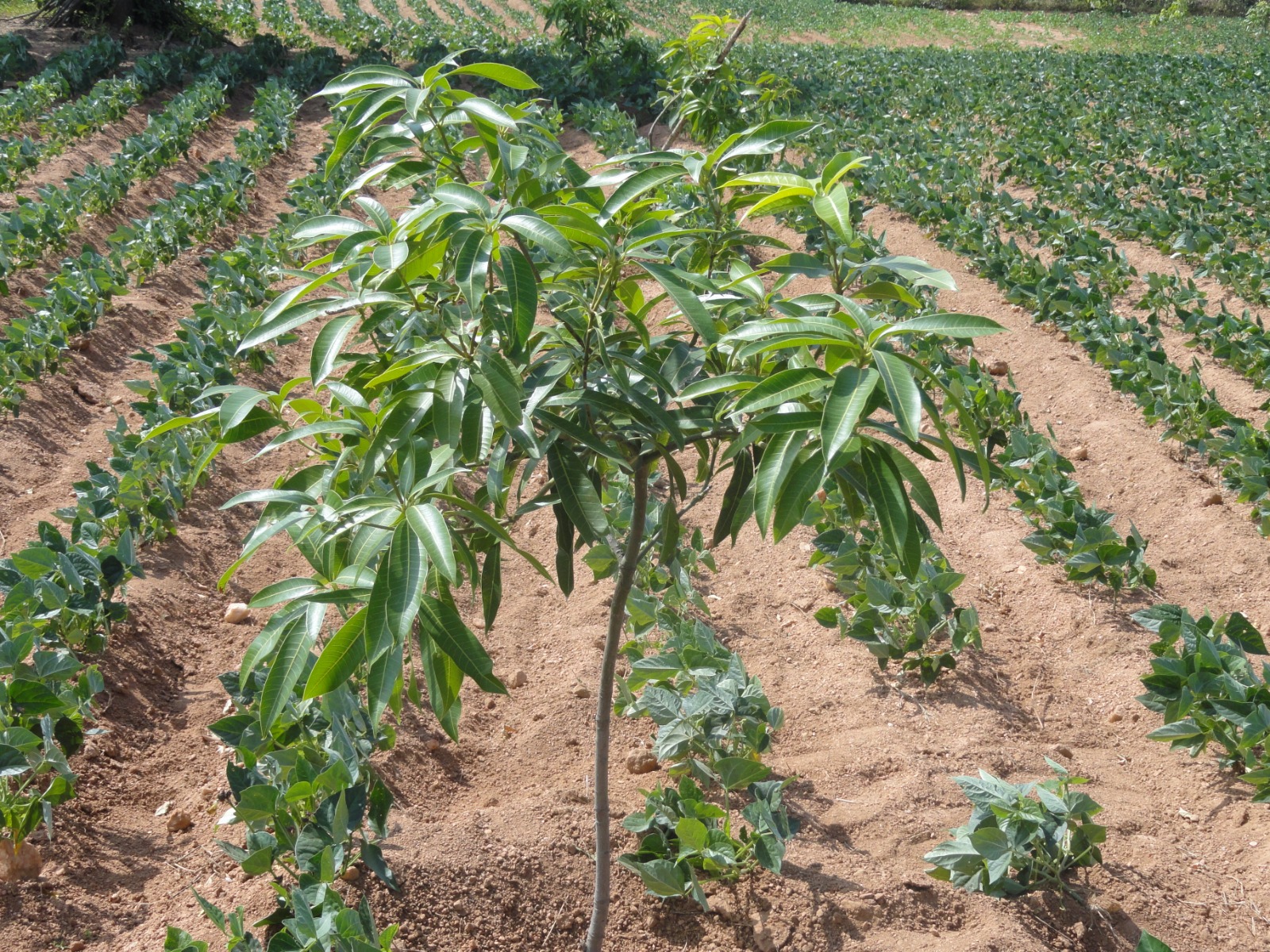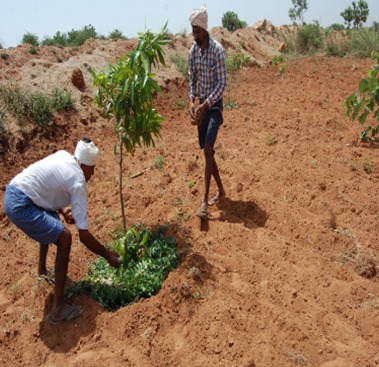

The Tribal Development Fund Project (2011-2018) was implemented by SEED in Husnabad Mandal, Karimangar district, from 2011 to 2017. The project aimed to uplift 500 tribal families through horticulture crops, providing bore wells, motors, and PVC pipes for irrigation in fallow lands. The project also enhanced the horticultural ecosystem by providing teak, glyricidia, and agave suckers for bordering and protecting horticulture areas. Training and capacity-building sessions were provided for tribal families, focusing on crop protection, health, and nutritional values. Livelihood enhancement included sheep-rearing units, dairy animals, backyard poultry, and kitchen gardens. The project also addressed health issues by implementing fogging to reduce mosquito populations. Key results include community water sharing, economic impact from mango and sapota cultivation, inter-crop income generation, mitigation of seasonal migration, health expenditure reduction, open defecation eradication, cultivation of fallow land, and horticulture model replication. The project also enhanced access to line departments and research organizations, promoting collaboration and ensuring the project's sustainability.

Horticulture Development focuses on the intersection of art and agriculture, aiming to create sustainable and innovative solutions for both sectors. This approach involves utilizing artistic practices and methodologies to address agricultural challenges, promote environmental sustainability, and enhance community engagement. By integrating art into agriculture, Horticulture Development seeks to foster creativity, inspire new perspectives, and cultivate a deeper connection between people and the natural world. Through initiatives such as artistic installations in farming landscapes, community art projects, and educational programs, Horticulture Development contributes to the advancement of agricultural practices while enriching cultural experiences and promoting social change.

Sanitation encompasses a broad spectrum of practices and infrastructure aimed at maintaining cleanliness and promoting health. It involves the provision of facilities and services for the safe disposal of human waste, the promotion of personal hygiene, and the management of solid waste. Access to proper sanitation is fundamental to public health, as it helps prevent the spread of diseases such as diarrhea, cholera, and typhoid fever. Efforts in sanitation include the construction of toilets, sewage systems, and wastewater treatment plants, as well as hygiene education programs. In addition to preventing the transmission of diseases, sanitation contributes to environmental sustainability by minimizing pollution of water sources and reducing the spread of contaminants in soil and air. Improving sanitation infrastructure and practices is a critical component of global development agendas, as outlined in initiatives such as the United Nations Sustainable Development Goals (SDGs). By ensuring universal access to sanitation services, communities can significantly improve their overall well-being and quality of life.

SEED NGO has implemented climate adaptation and mitigation programs to promote sustainable agriculture. These include demonstrations on pulse cultivation, non-pest management practices, and training on soil health. SEED has distributed soil health cards to 452 farmers, trained them on crop water budgeting, mulching, and micro-irrigation systems. Additionally, tank silt application was provided to 240 farmers in eight villages. Green SIM cards were provided to enhance agricultural extension services and access weather forecasts. Video conference training programs were conducted at the Krishi Vigyan Kendra, and demonstrations on food security crops were organized in Watershed villages. Key results include 225 families reducing fertilizer use, 90% adopting mulching methods, and 70% using micro-irrigation methods. These changes have led to increased productivity, reduced cultivation costs, and increased income.